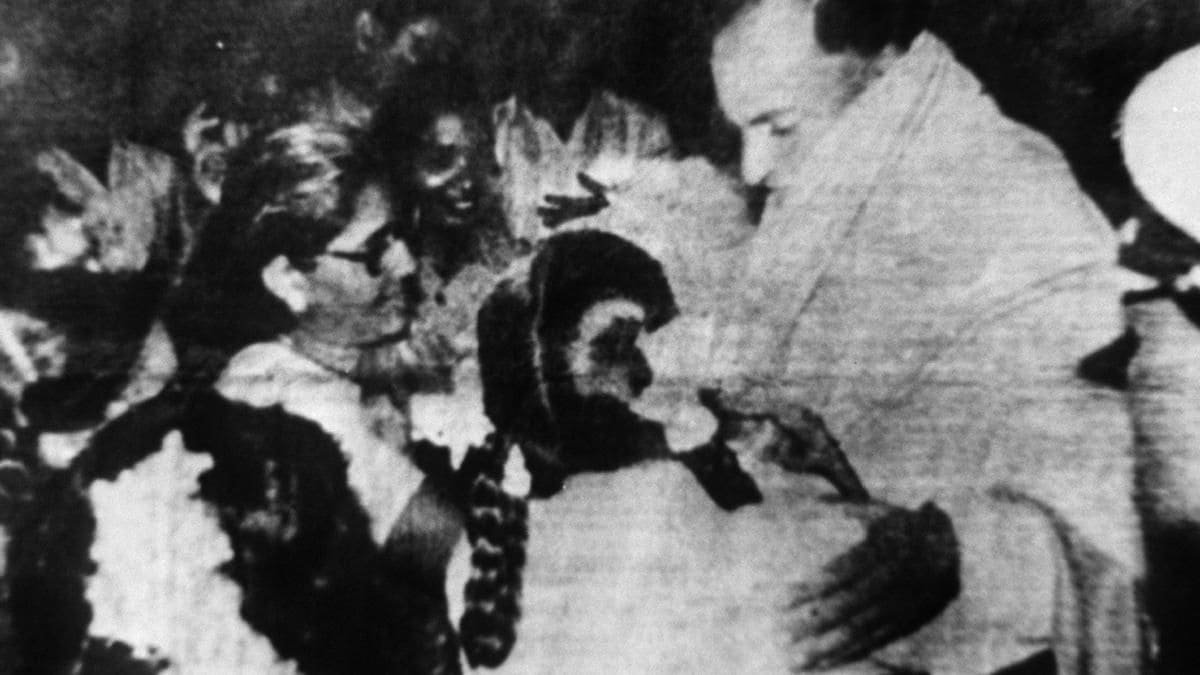

Chandrasekharampillai Packiachandran, more widely known as Sivarasan, was the mastermind behind the assassination of former Indian Prime Minister Rajiv Gandhi in 1991. Hailing from Udupiddy, a town in Sri Lanka, Sivarasan rose through the ranks of the Liberation Tigers of Tamil Eelam (LTTE), a separatist organization. His fluency in Tamil, Telugu, Malayalam, and Hindi, coupled with his knowledge of Indian topography, made him a formidable operative for the LTTE.
Sivarasan's physical appearance was as distinctive as his operational skills. He lost an eye in a firefight with the Sri Lankan Army in 1987, earning him the nickname "One-Eyed Jack". This moniker, along with his linguistic abilities and understanding of Indian culture, helped him evade suspicion and capture.
The assassination plan was meticulously crafted and ruthlessly executed under Sivarasan's leadership. The LTTE, seeking revenge for Rajiv Gandhi's decision to send the Indian Peace Keeping Force (IPKF) to Sri Lanka, tasked Sivarasan with the operation. He assembled a hit squad and infiltrated Tamil Nadu on May 1, 1991. Twenty days later, on May 21, 1991, Rajiv Gandhi was assassinated in Sriperumbudur by a human bomb.
The aftermath of the assassination saw Sivarasan on the run, attempting to evade the authorities. He employed various disguises, pretending to be a bald Hindu priest, a turbaned Sikh, a Muslim cleric, and a Catholic priest, to mislead the investigating agencies. However, the noose was tightening around him. A safehouse in Chennai, used by Sivarasan and his team, provided crucial clues to the Special Investigation Team (SIT) led by IPS officer D.R. Karthikeyan.
In August 1991, less than 90 days after the assassination, Sivarasan and his core team were cornered in a house in Bangalore. Rather than surrender, Sivarasan and several other LTTE members consumed cyanide capsules, a hallmark of LTTE operatives, while others, including Sivarasan, committed suicide. His death marked the end of a massive manhunt and a significant victory for the Indian investigation agencies.
Sivarasan's role in the assassination was not just that of an executor but also a master strategist. He planned the logistics, coordinated the team, and ensured the operation's secrecy. The assassination case resulted in the conviction of 26 people, with evidence directly linking the crime to the LTTE's top command.